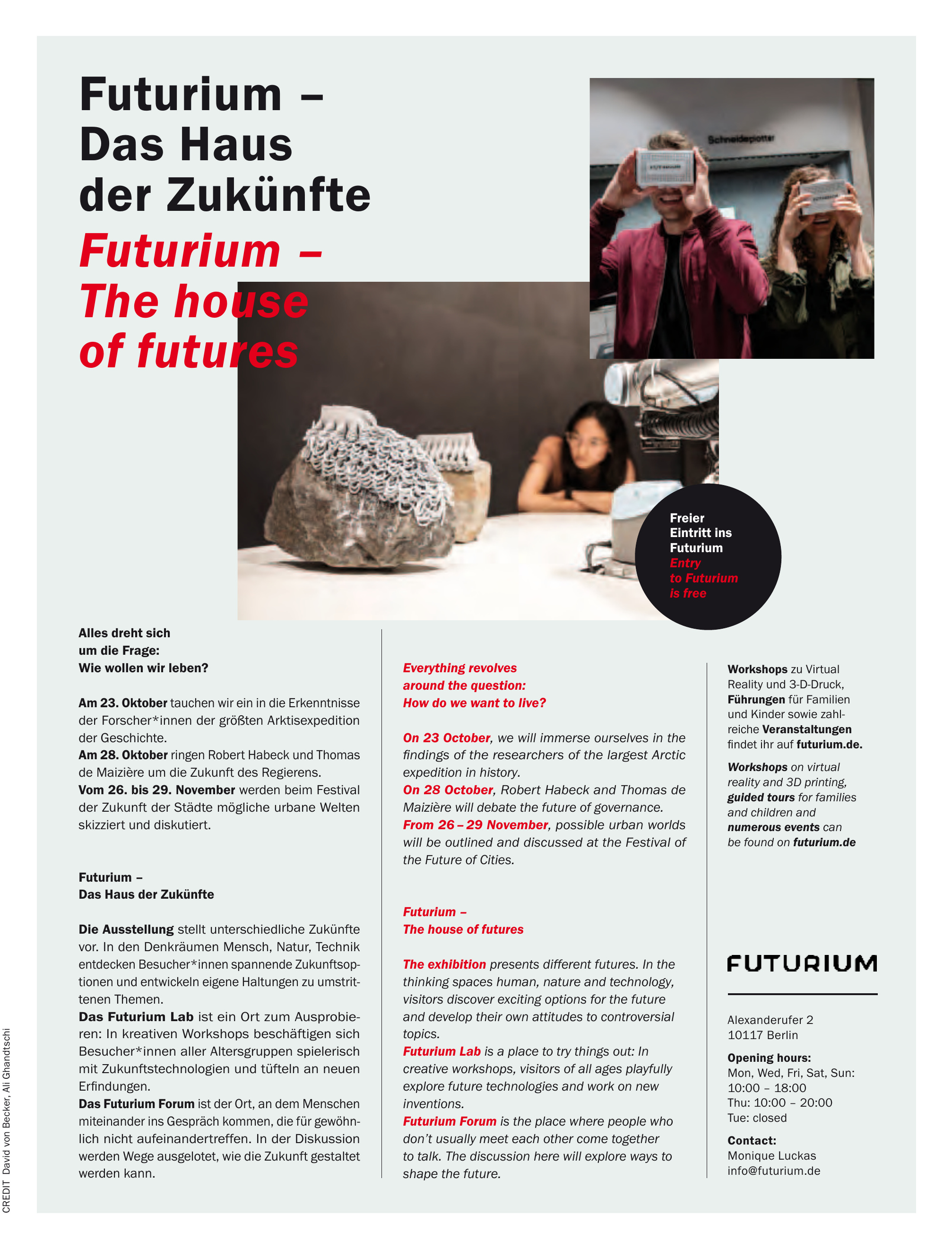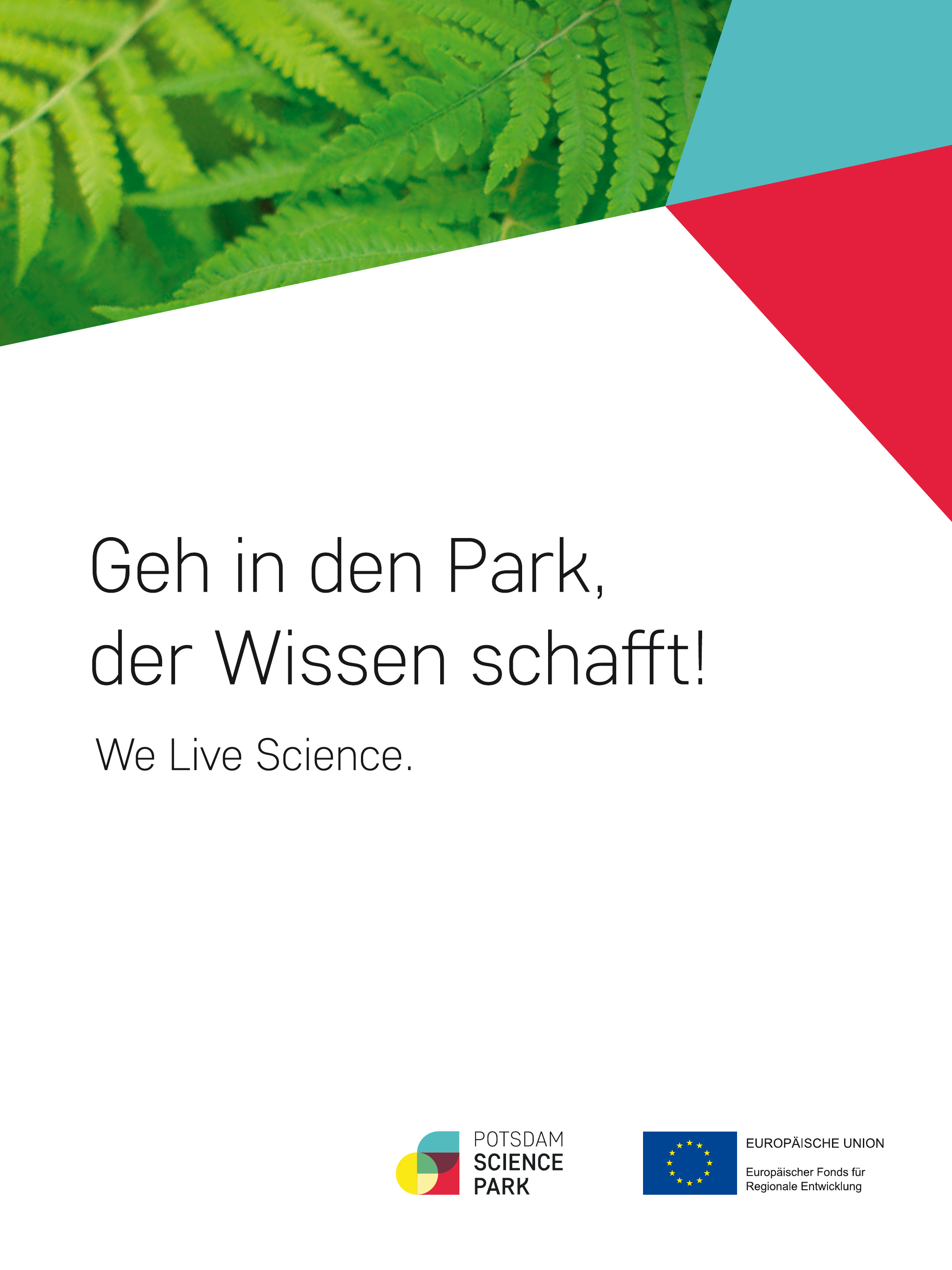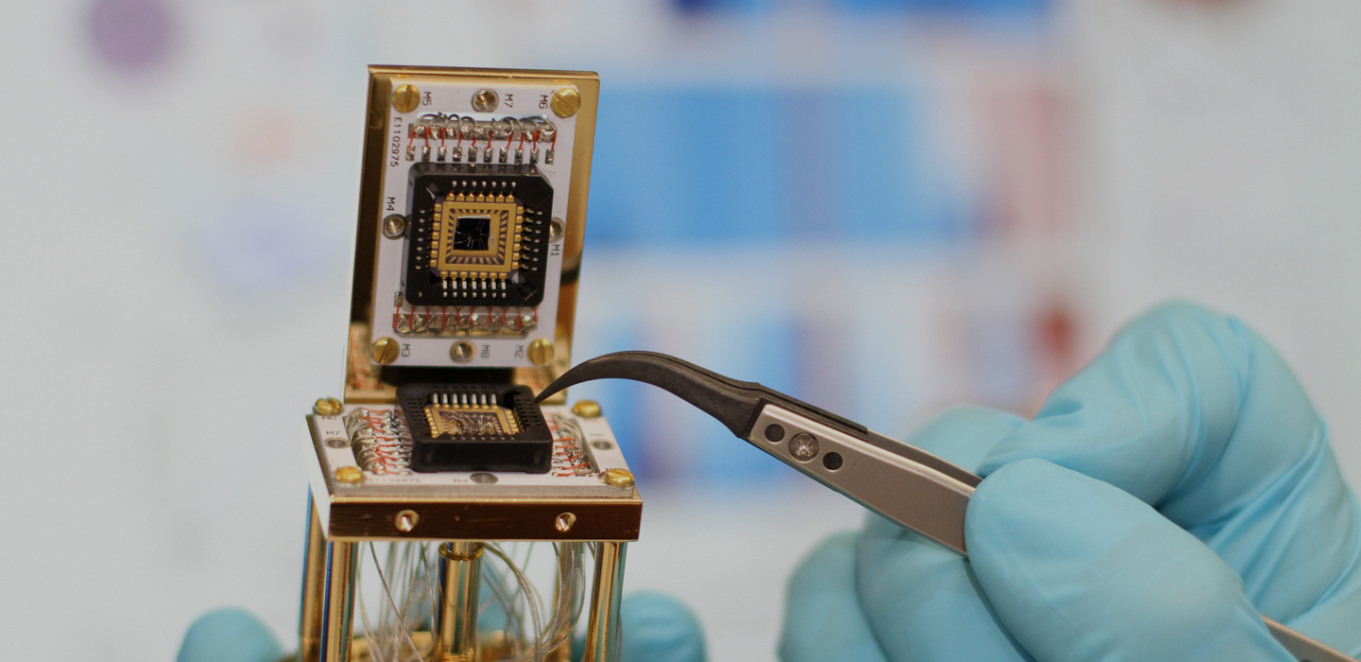##mainParagraph##

Text Wolfgang Richter
It took a pandemic for Germany to get its foot in the door. Otherwise, it would have been shut and we would have left the development of quantum computers to large corporations like IBM and Google.

But now, with 2 billion euros from the German government’s coronavirus program, quantum technologies will be supported financially. The amount is more than twice the 650 million euros pledged the year before last.
Quantum computers are a new type of computer that use qubits instead of the conventional 0 and 1 bits. They represent a quantum-mechanical mixture of 0 and 1 and thus enable much faster calculations – at least in theory, because there are still only the first prototypes. Quantum computers are also only one of three areas of quantum technologies. In addition, there are quantum sensors, for example for precise measurements of magnetic fields in medicine, and quantum communications, in which encrypted information is exchanged with the help of quantum effects. It will probably not be clear exactly how much of the 2 billion euros will go to quantum computers until the beginning of next year; however, it is likely to be a significant portion. Already at the end of January, Research Minister Anja Karliczek announced that she would like to make an additional 300 million euros available just for the development of German quantum computers.
Apparently, the minister was startled by Google’s announcement last autumn that their quantum computer “Sycamore” could solve a task in a few minutes that would have taken the best classic supercomputer 10,000 years to complete. The task itself was chosen without any applicability and was deliberately unfair to the classic computer. Nevertheless, this “quantum supremacy” caused a global sensation: It was the first demonstration of the superiority of a quantum computer over a conventional computer, something researchers had long been waiting for.

According to the research ministry, a central objective of its initiative is the cooperation with future users of the technology. However, it is precisely this focus on the interests of industry that, curiously enough, poses the greatest danger. “Which route is the fastest for a parcel carrier, even if the traffic situation is constantly changing?” In a press release from the ministry this is the first task mentioned in a list of problems that a quantum computer could solve. And Peter Leibinger, Chief Technology Officer at the machine tool manufacturer Trumpf, spoke at a press conference with Anja Karliczek about how quantum intelligence could help to produce sheet metal in the best possible way.
However, all these tasks have one thing in common: they can either be solved just as quickly with a classic computer – or sometimes not at all, i. e. not even with one of the existing quantum computers. Google’s quantum supremacy task is the only exotic exception. Tommaso Calarco from Forschungszentrum Jülich, one of the initiators of the EU’s Quantum Flagship initiative, warned against a dangerous hype at the last quantum computer conference in the United States. What if the CEOs’ high expectations for a quick solution to practical problems are disappointed?

Wave character and probability
The quantum computer is the gateway to unlocking the curiosities of the quantum world and thus ultimately the foundations of modern technology in a completely new way. To understand this, we need to take a closer look at two phenomena: The wave character of matter and the fundamental importance of probability in the microcosm.

Throw two stones into a pond. The circular waves run into each other and form a complex pattern, because they sometimes weaken and sometimes strengthen each other. If you shoot electrons at a wall with two closely adjacent holes and set up a camera for electrons behind it, exactly the same pattern appears on their screen. This shows that particles also have wave properties. But what is really astonishing is that the pattern also appears over time if you shoot the electrons one after the other at the holes. However, two circular waves are always necessary for the formation of the pattern. So, did each electron split in two and each half flew through each hole? That is physically impossible. Most physicists see the solution in so-called probability waves, which can be assigned to any quantum object (such as electrons). It is not clear whether they really exist or whether they are just a mathematical construct. Either way, roughly speaking, the height of these waves indicates the probability of finding the particle at a certain location. The probability for each hole is now 50 percent that the electron will pass through it. So, the electron’s probability wave splits into two partial waves in front of the holes. A partial wave with a height of “50 percent” passes through each hole, and behind it both waves overlap, as with the two stones in the pond.
What does this have to do with quantum computers? Their computing units often consist of small rings that lose their electrical resistance at temperatures just above absolute zero (minus 273 degrees Celsius) and thus become quantum objects. If a portion of energy is supplied to such a ring with the help of light, it can change from a low energy state to a higher one. The researchers now define the low energy state as 0 and the higher as 1. To be absolutely certain that a ring actually changes from 0 to 1, however, the researchers would have to irradiate the light for a certain period of time. But they do not do that. They irradiate the light only half of this time. What happens then? Any layman would probably say that in 50 percent of such cases a change occurs, but not in the other half of the cases. However – this is quantum land.
In fact, exactly the same thing happens as in the experiment with the electrons: A probability wave is formed for 0 and 1 each with a height of “50 percent”. And since the researchers use many rings (Google’s Sycamore, for example, has 53), many such waves can be superimposed. And by choosing different irradiation times, the researchers can define different proportions of 0 and 1 for each ring and thus different heights of the waves. And if they then connect the rings in such a way that their energy states influence each other – then they can perform a calculation and read off a solution from the resulting superposition pattern. To obtain the pattern, they only have to repeat the calculation often enough and measure the energy states of the rings.

This is the essence of a quantum computer. It is not a parallel computer that simply calculates everything very quickly at once. By cleverly choosing the calculation algorithms, it can actually solve optimisation tasks, such as finding a fast route for buses in Lisbon.
But above all, it is a being from the quantum world and therefore predestined to calculate exactly that. And quantum physics is involved all things that are truly revolutionary: Complex biomolecules for new drugs and vaccines, superconductors that transport electricity without resistance, catalyst materials that will in future extract CO2 from the atmosphere. Researchers estimate that it will take another 10 years before this happens. Let’s give them that time and not pretend that quantum computers will already be able to remote control our cars tomorrow.




